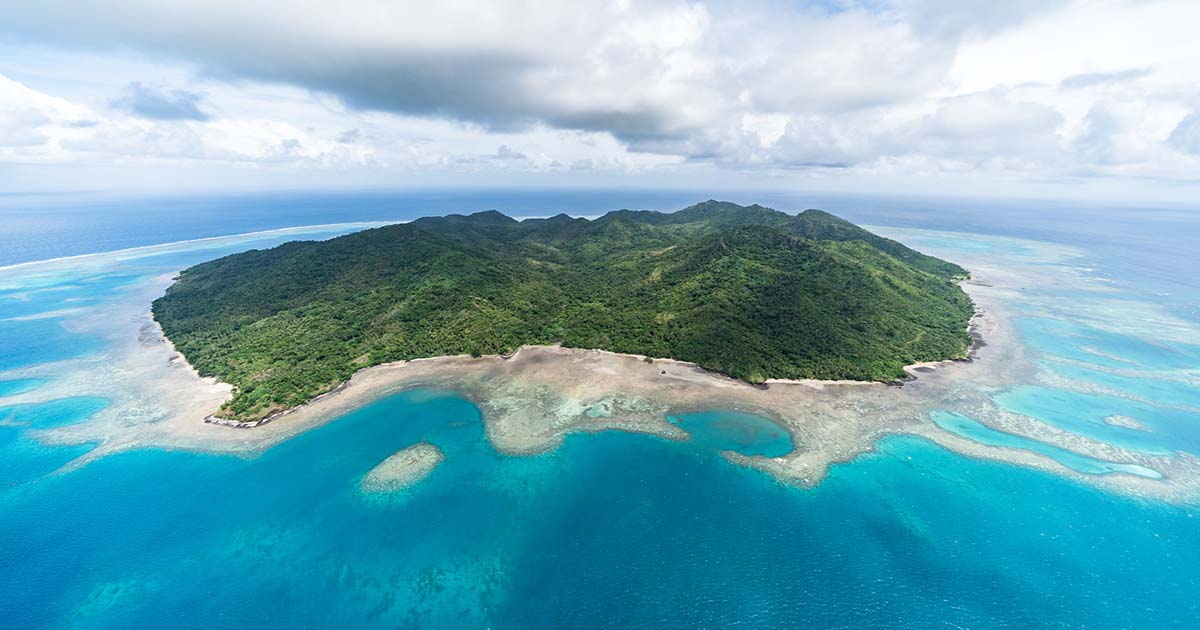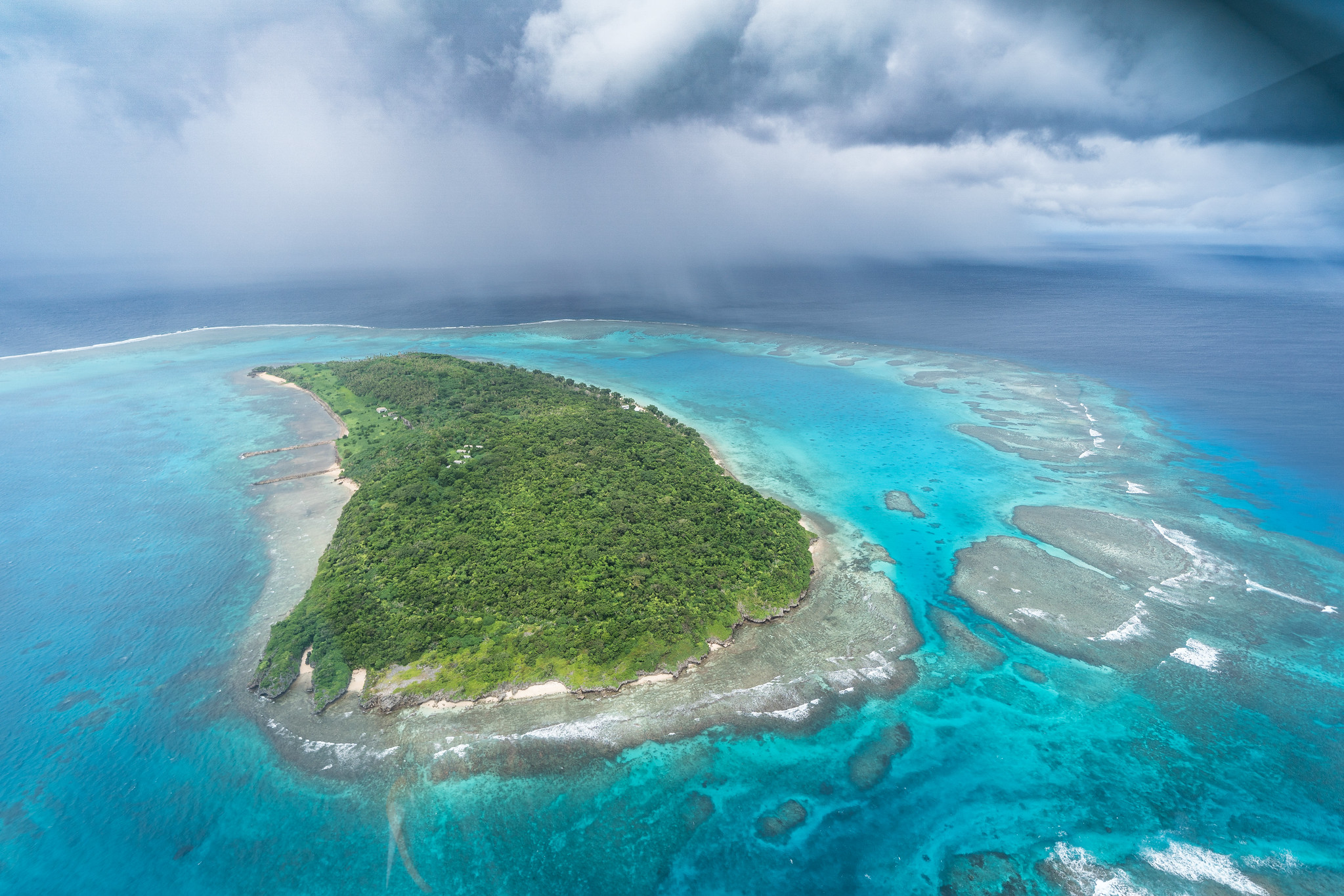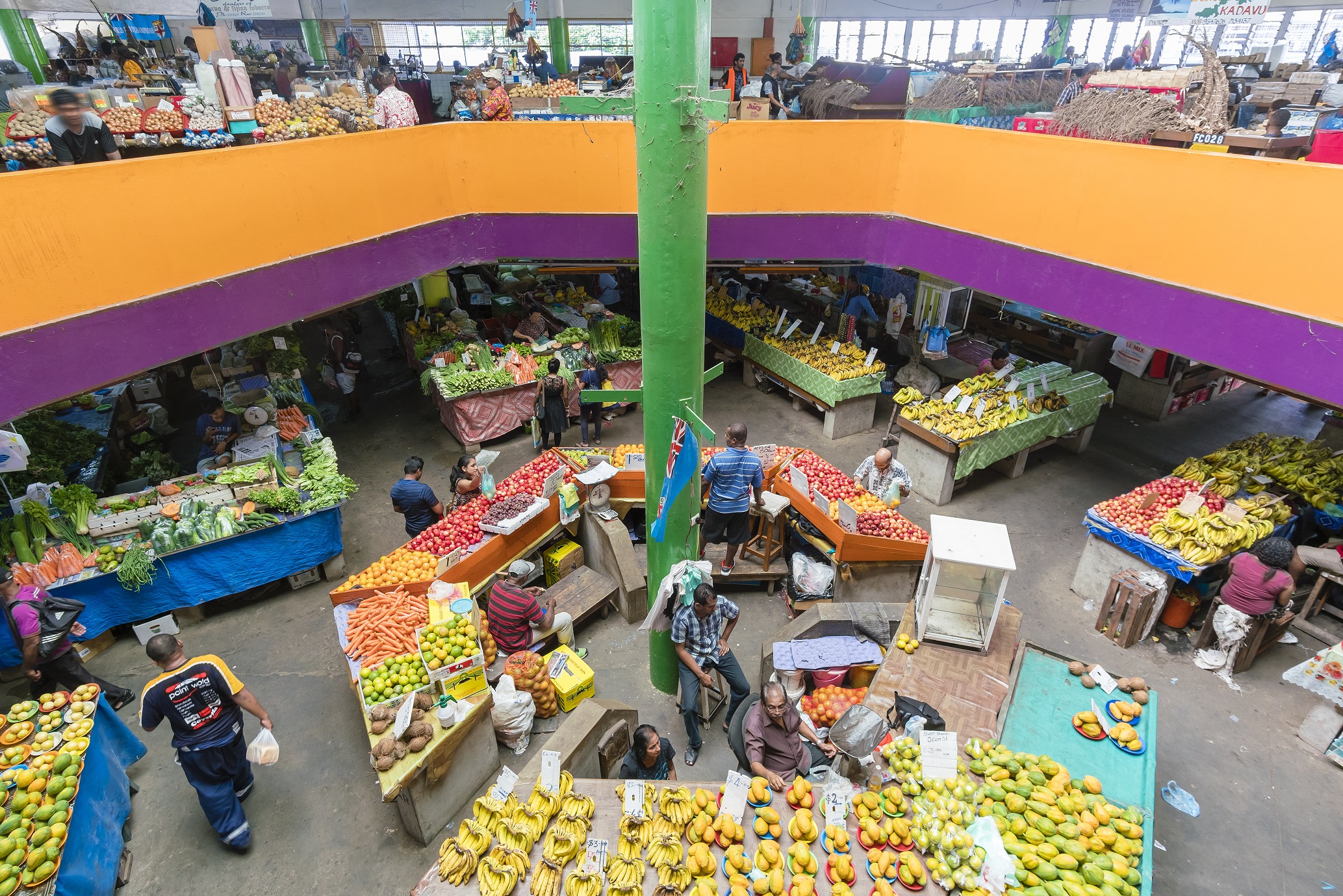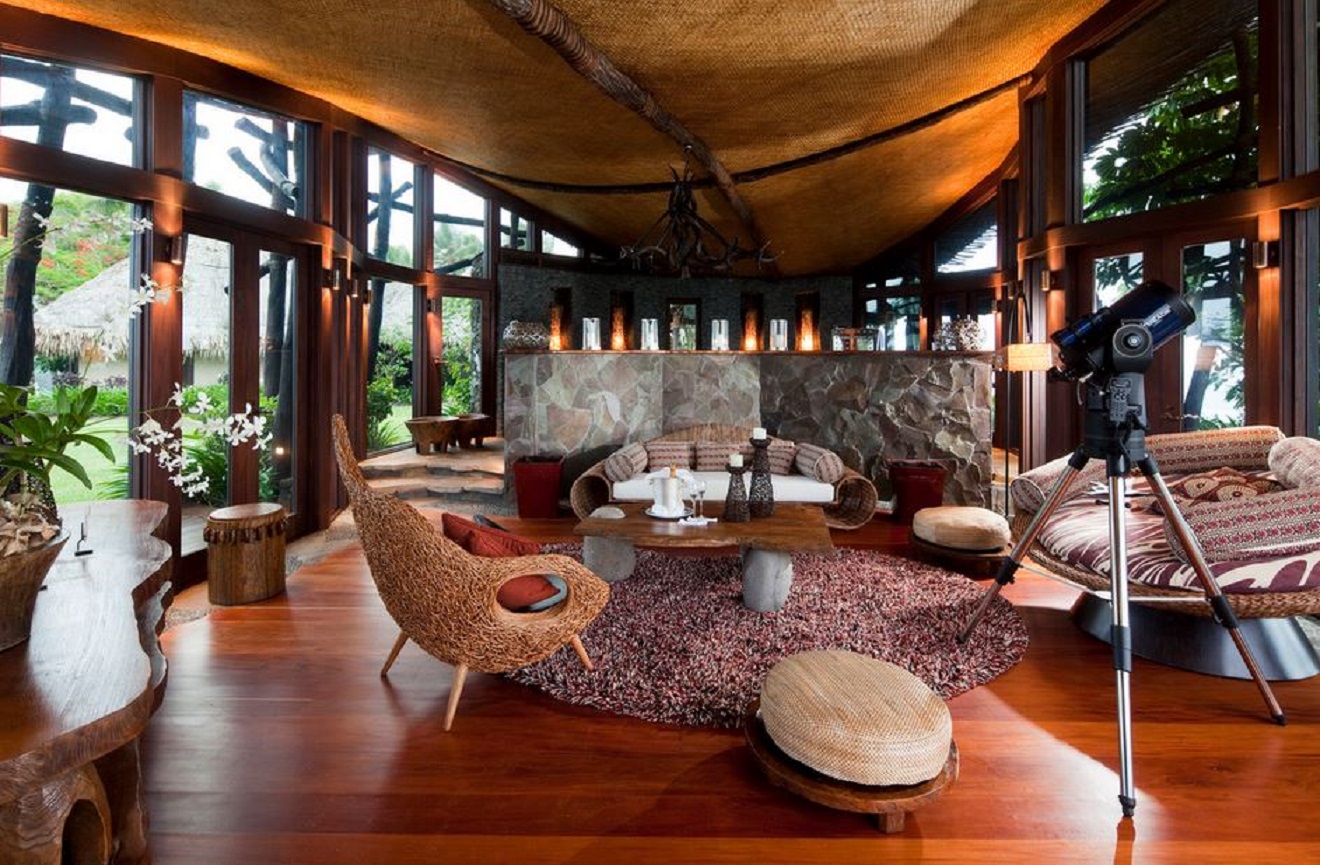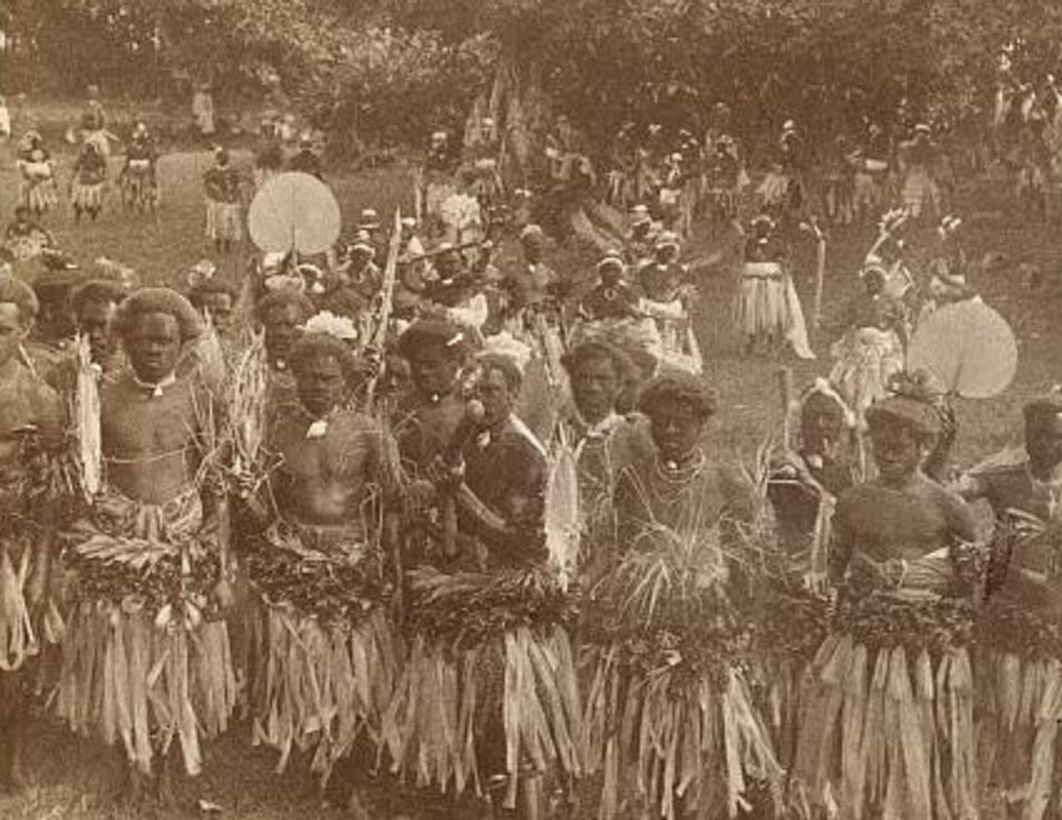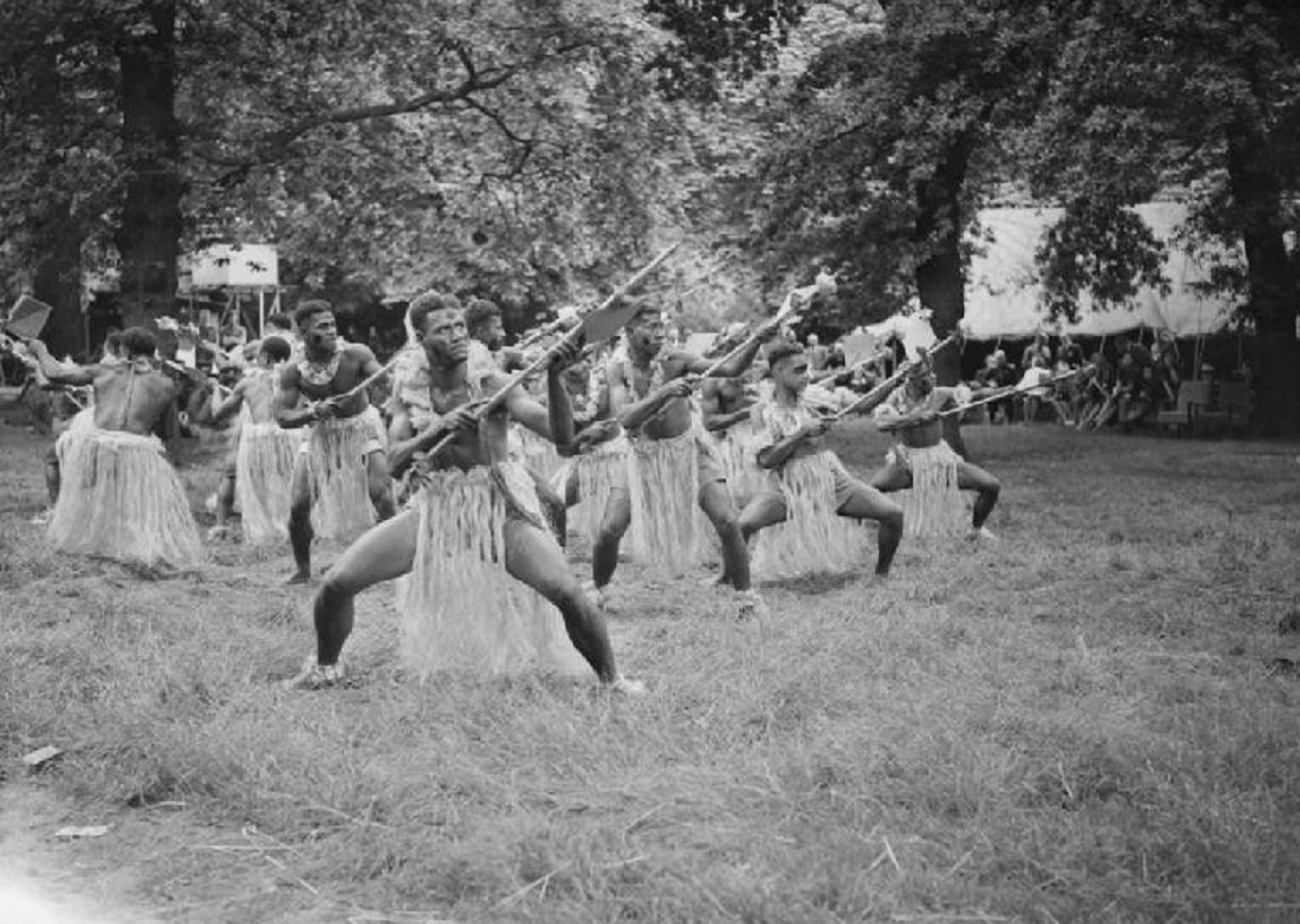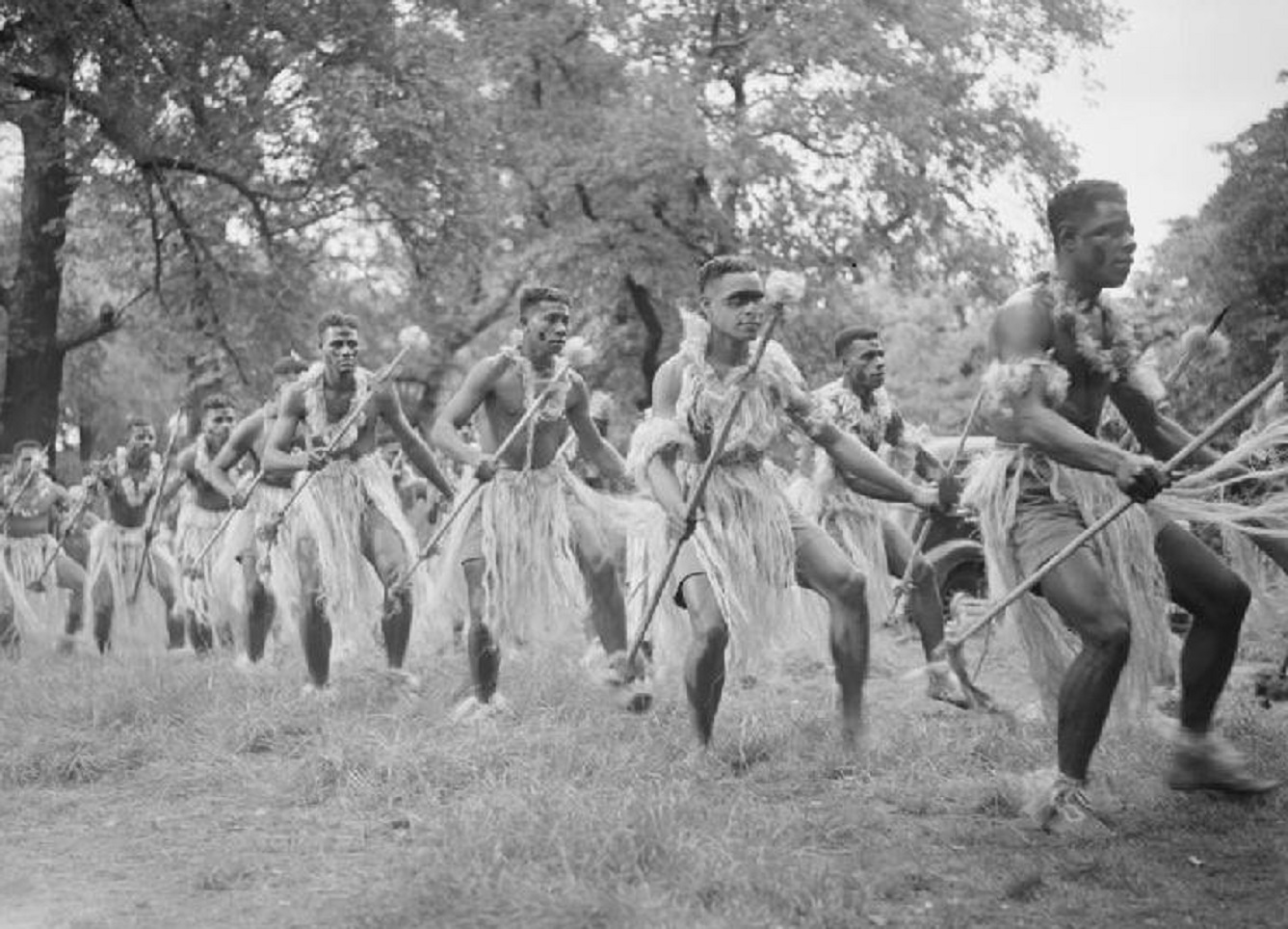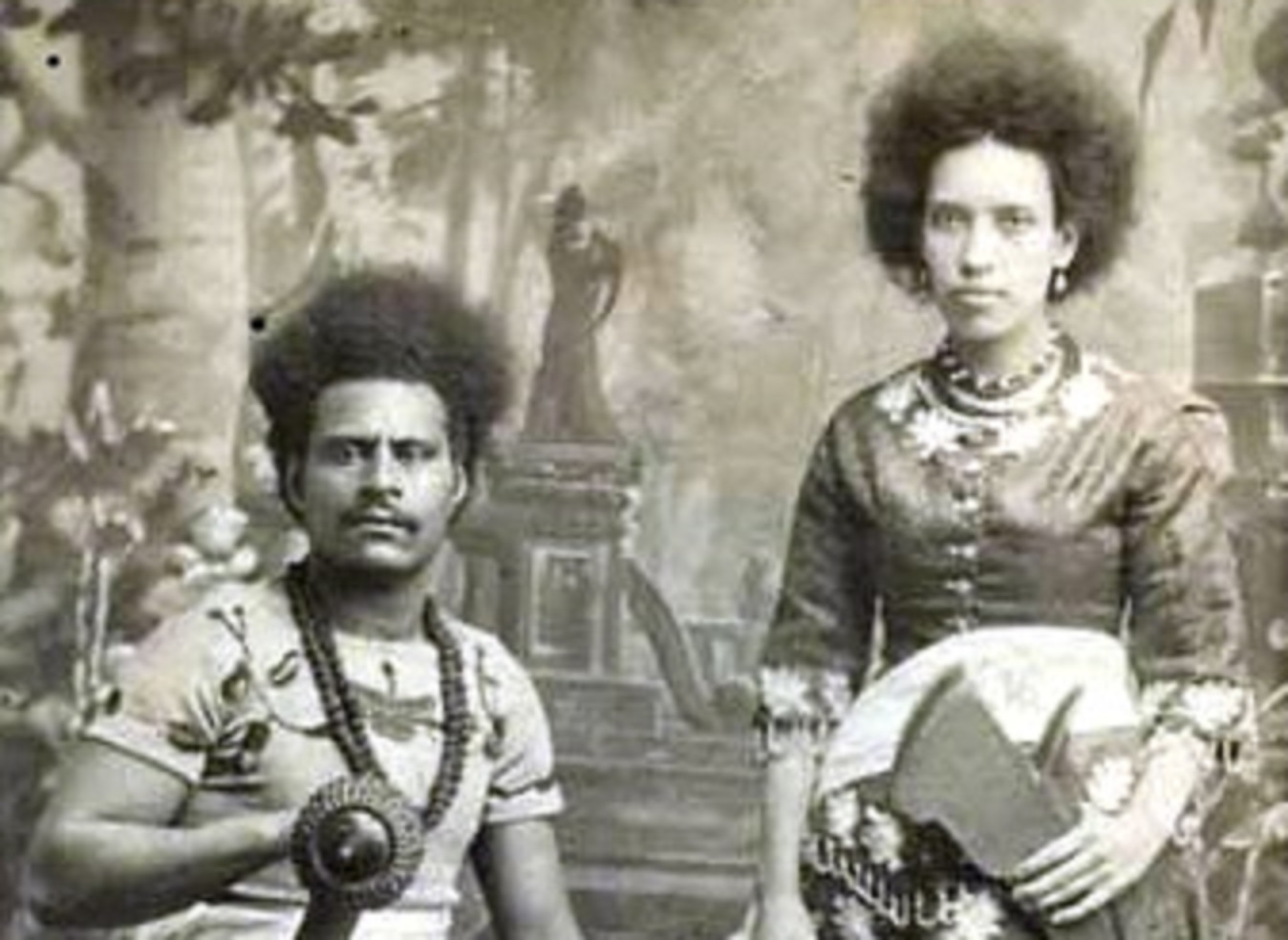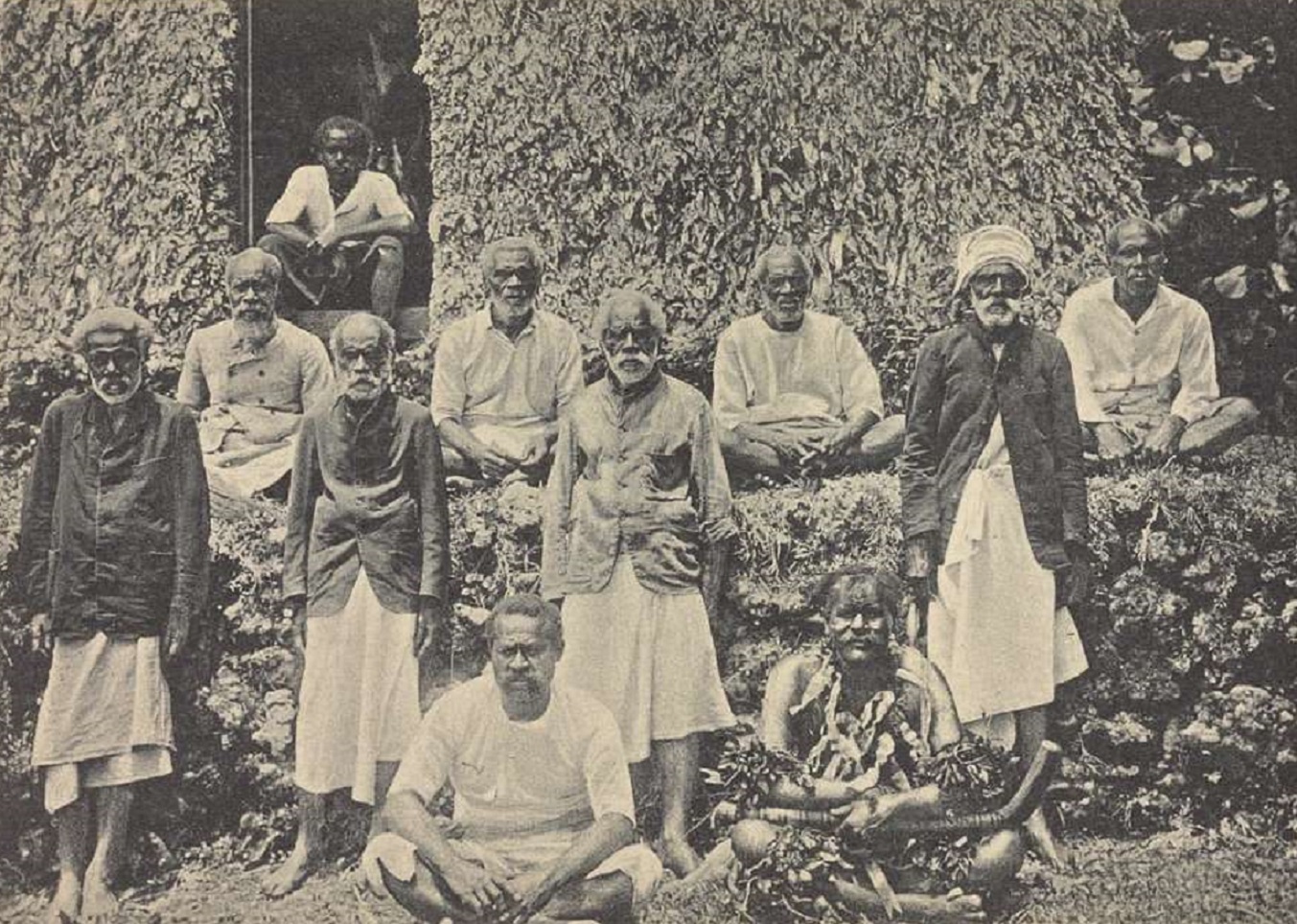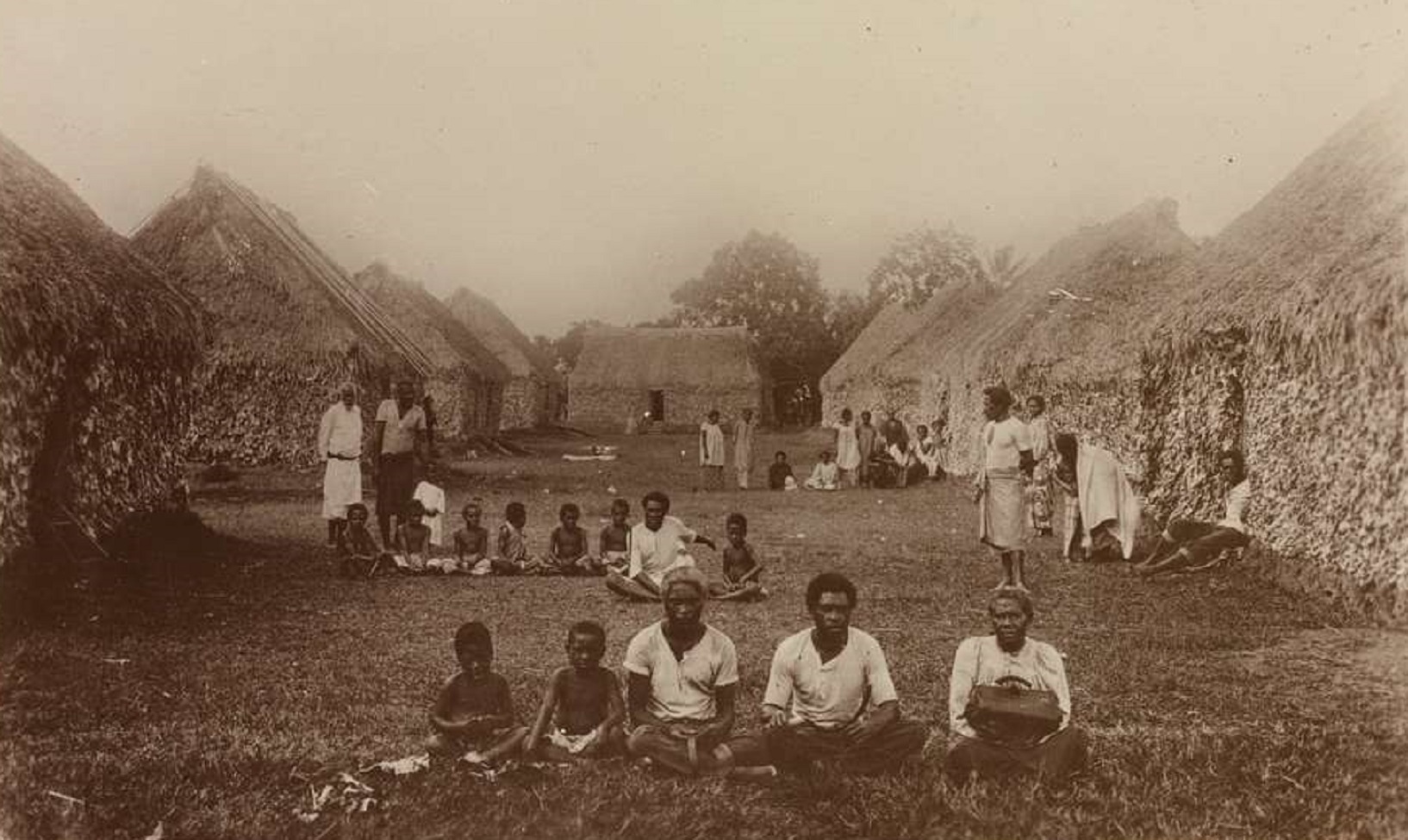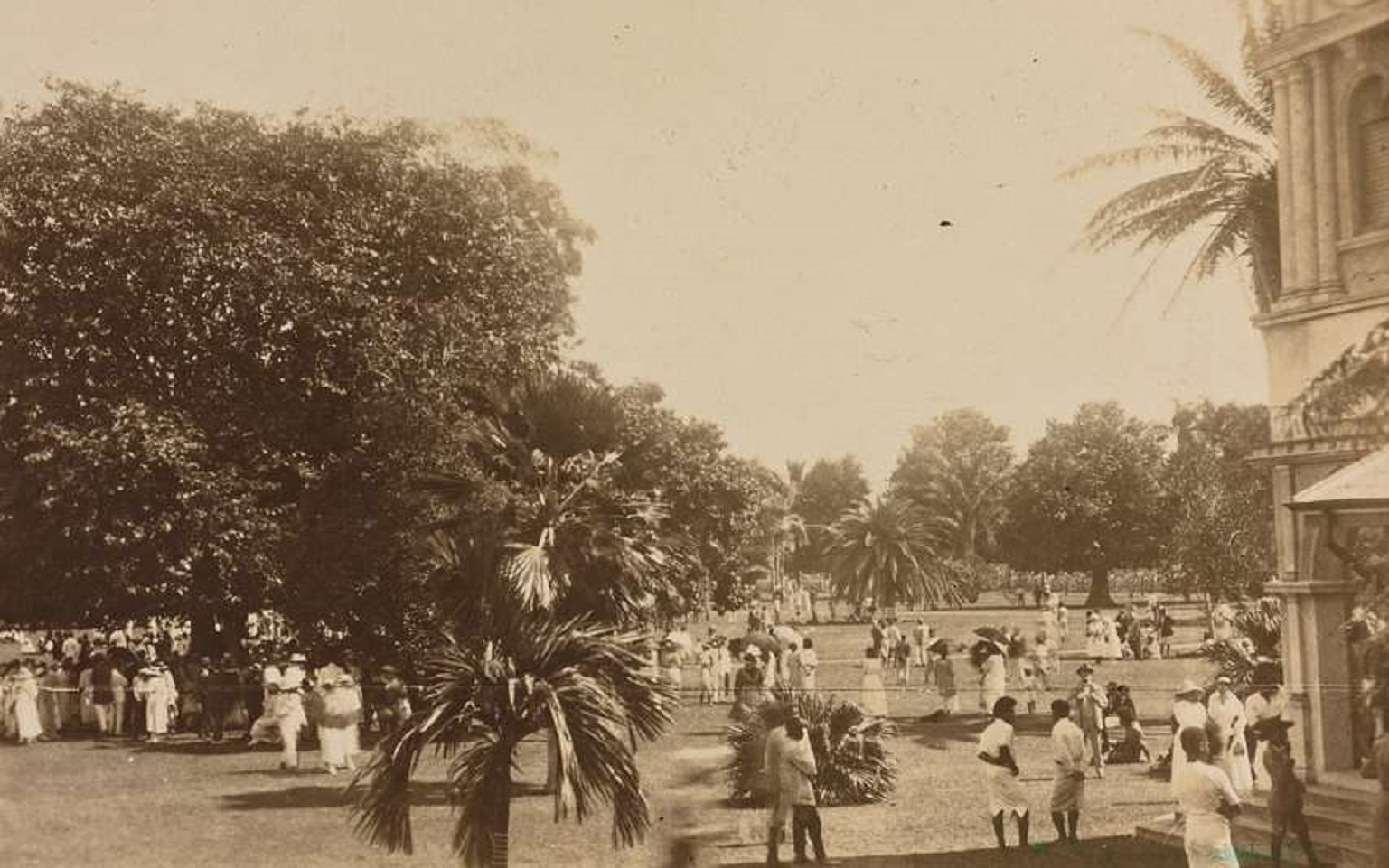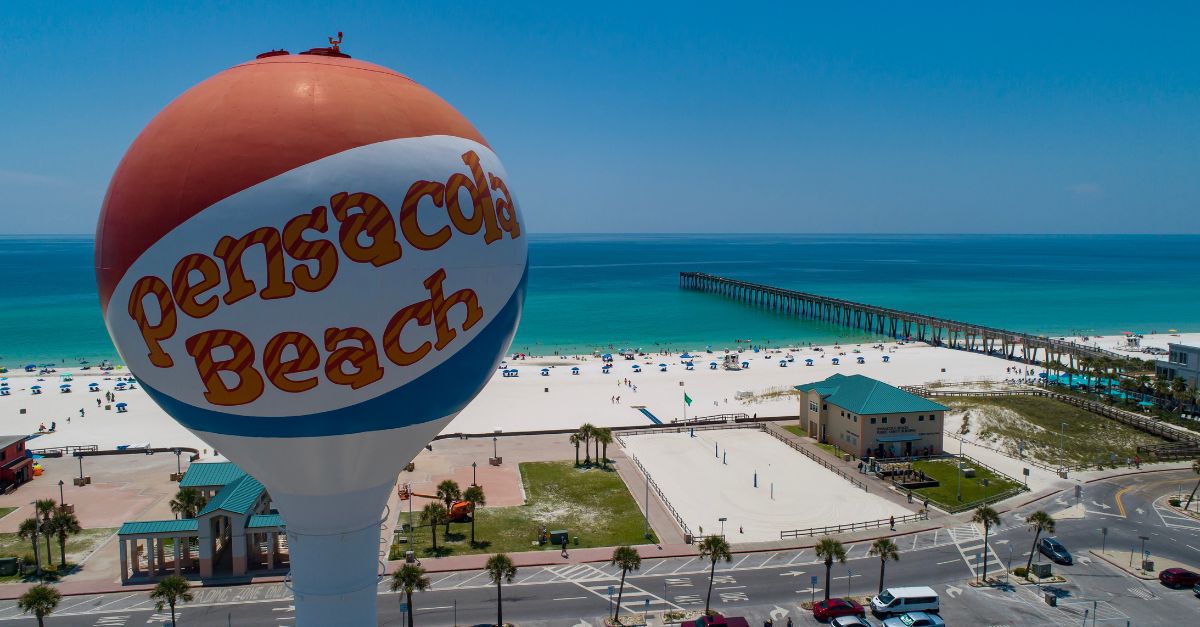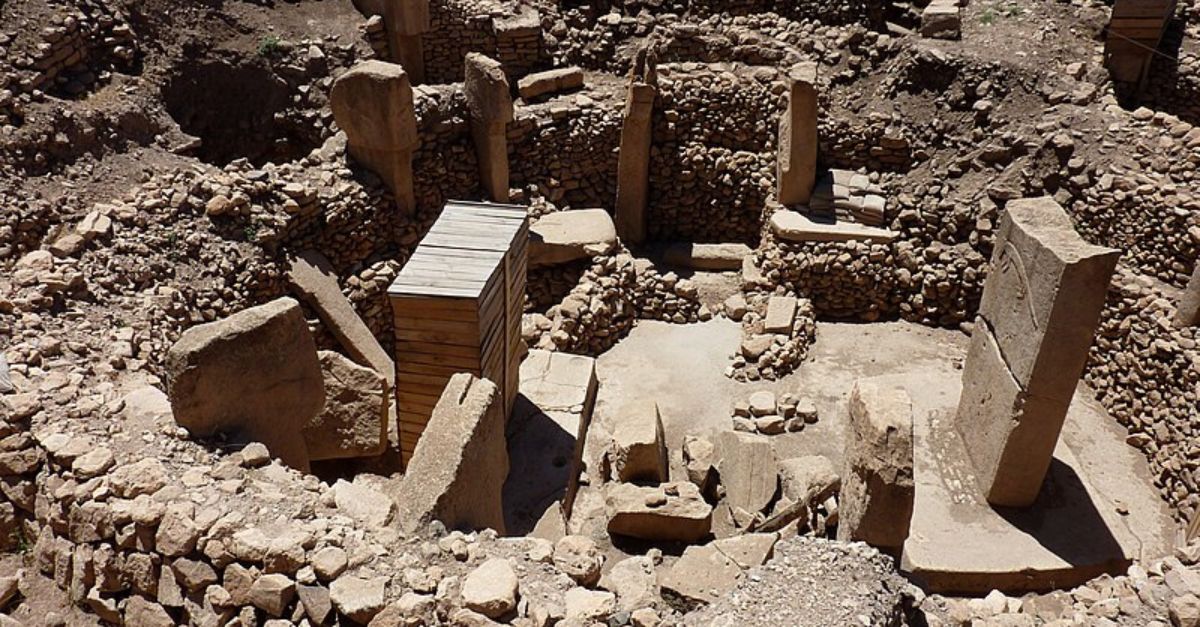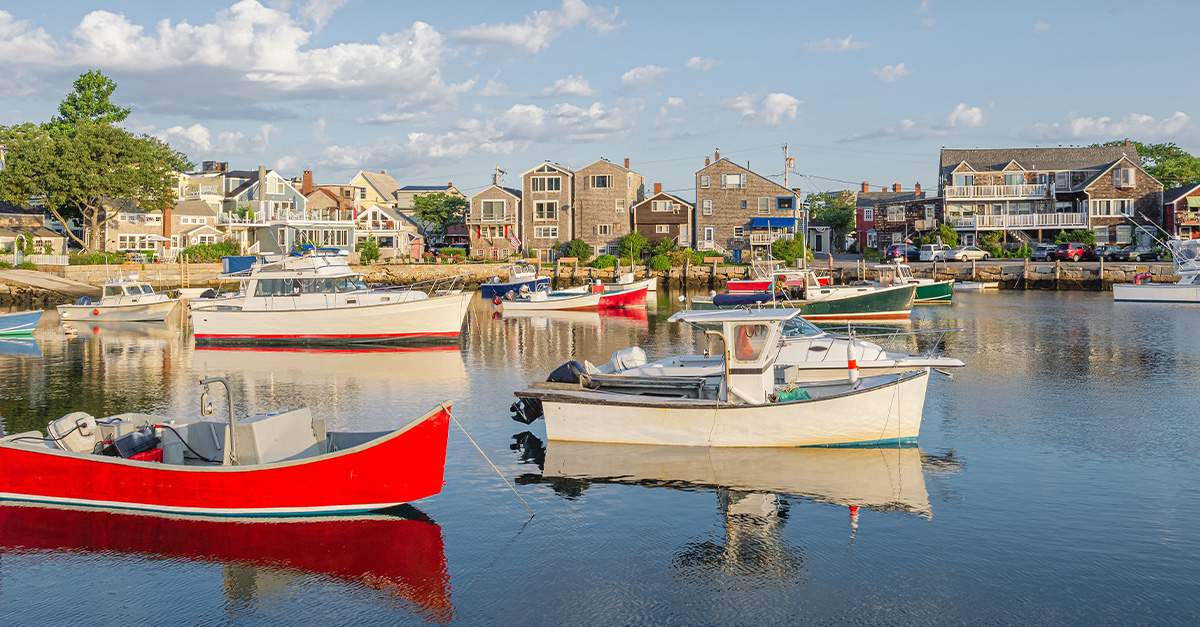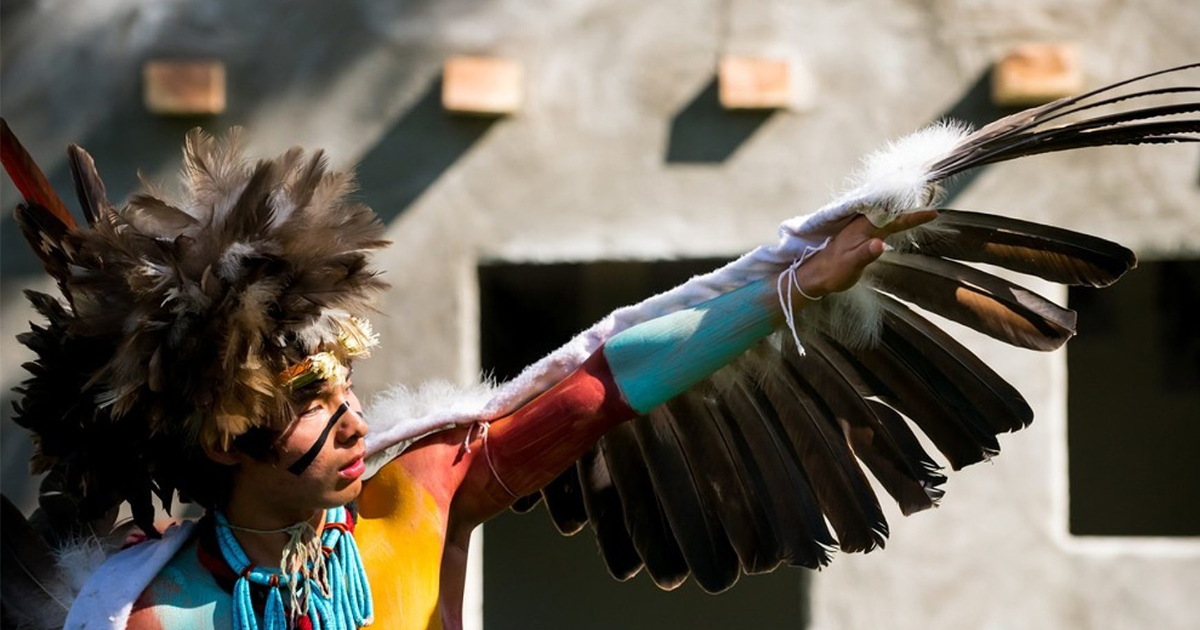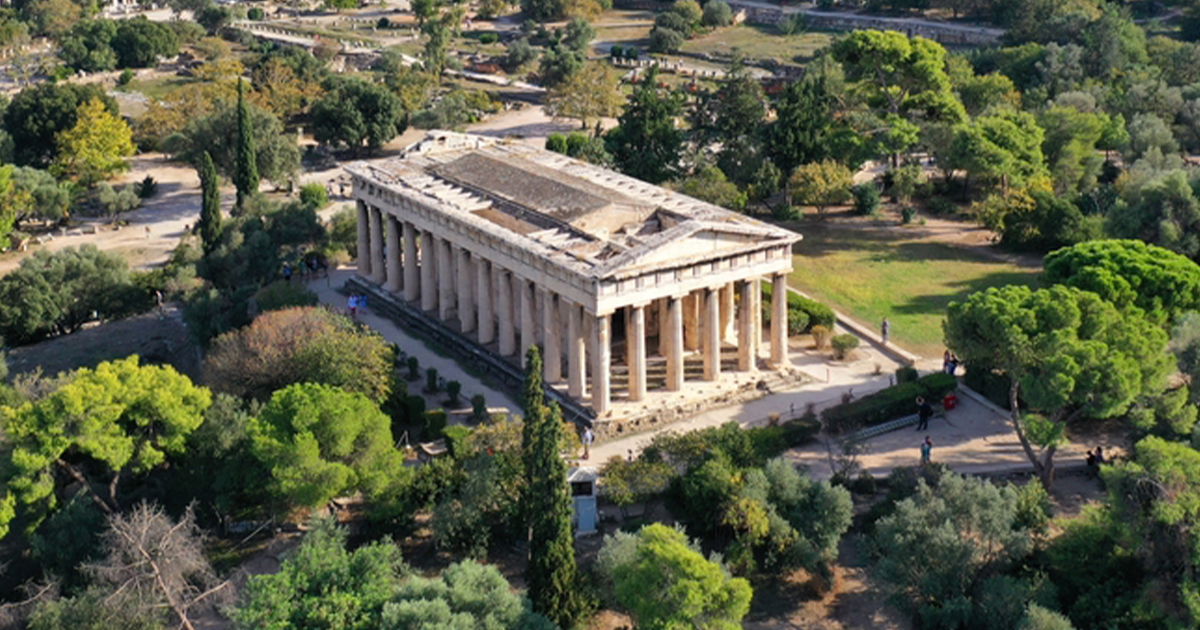Fiji’s Dark Past
Today, Fiji is a popular tourist hot-spot, known for its stunning tropical beauty and crystal-clear waters. It remains a favorite destination among honey-mooners and families looking for a friendly cultural experience.
But Fiji has a dark past that does not exactly remain a topic of pride. Even so, the Fijian culture is open about their previous way of life and recognize it as an important part of their history.
After all, the tropical archipelago earned a nickname they may never shake: Cannibal Isle.
This article dives deep into Fiji's dark past surrounding Cannibalism, including why they practiced it, how they did it, and who was on the menu.
Location
Before we jump into the juicy details, let’s explore a bit more about Fiji in the twentieth century.
The Republic of Fiji is an island country in Melanesia, part of Oceania in the South Pacific Ocean. It consists of an archipelago of more than 330 islands—of which about 110 are permanently inhabited—and more than 500 islets.
Culture
Fiji is known for its linguistic diversity. While English is the official language, Fijian and Hindi are also widely spoken, reflecting the country's colonial history and significant Indo-Fijian population.
Fijian society is organized into traditional villages, each governed by a chief (known as a "Turaga ni Koro"). Visitors are often welcomed with a traditional kava ceremony. This includes a traditional drink made from the root of the kava plant. Participants sit in a circle and engage in storytelling and cultural performances.
Meke is a traditional Fijian dance and song performance that showcases the country's cultural heritage. It combines intricate dance movements, singing, and storytelling through rhythmic and expressive performances.
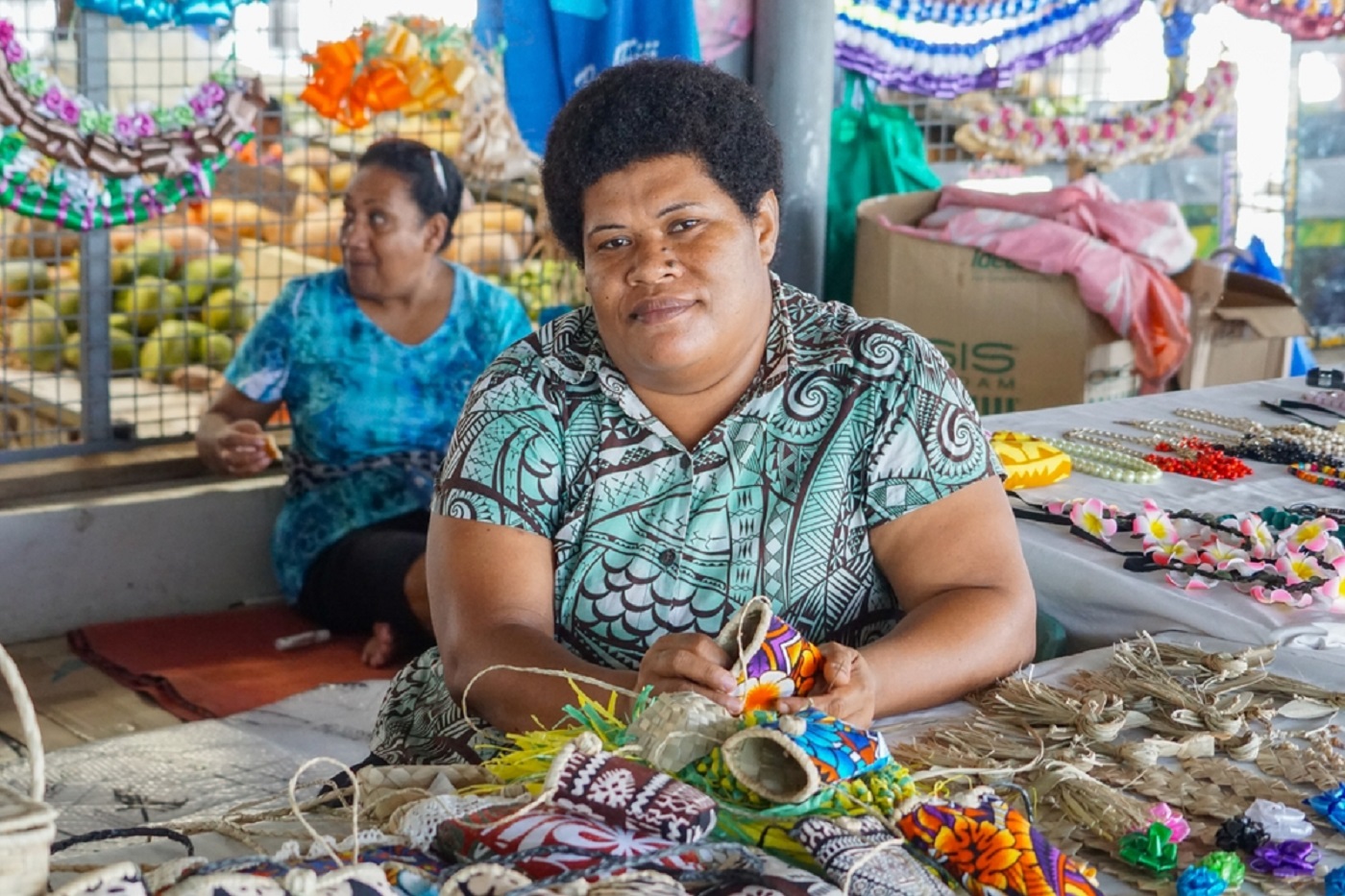 Photos BrianScantlebury, Shutterstock
Photos BrianScantlebury, Shutterstock
Economy
Fiji has one of the most developed economies in the Pacific—mainly from its forest, mineral, and fish resources. Their main exports include: bottled water, cane sugar, fish, wood, gold, bread and manioc.
Sugar exports and a rapidly growing tourist industry are the major sources of foreign exchange. Fiji is highly dependent on tourism for revenue. In 2003, approximately 430,800 tourists visited the Fijian Islands, and that number has been growing since.
Tourism
Fiji has a significant amount of tourism. The most popular regions being Nadi, the Coral Coast, Denarau Island, and Mamanuca Islands.
It is known for its pristine waters, lush gardens, stunning waterfalls, and friendly culture. The islands remain a popular destination for romance as well as family adventure.
Generally speaking, Fiji is a mid-range priced vacation destination. It also has a variety of world-class five-star resorts and hotels.
In fact, CNN named Fiji's Laucala Island Resort as one of the fifteen world's most beautiful island hotels.
History
Now, let’s get to the dirty details about Fiji’s dark past.
Although Fiji extends a warm welcome to all visitors currently, it hasn’t always been this way.
Fiji has a history of Cannibalism, especially in the 19th century. Most indigenous Fijian tribes practiced cannibalism as part of their rituals and warfare traditions. 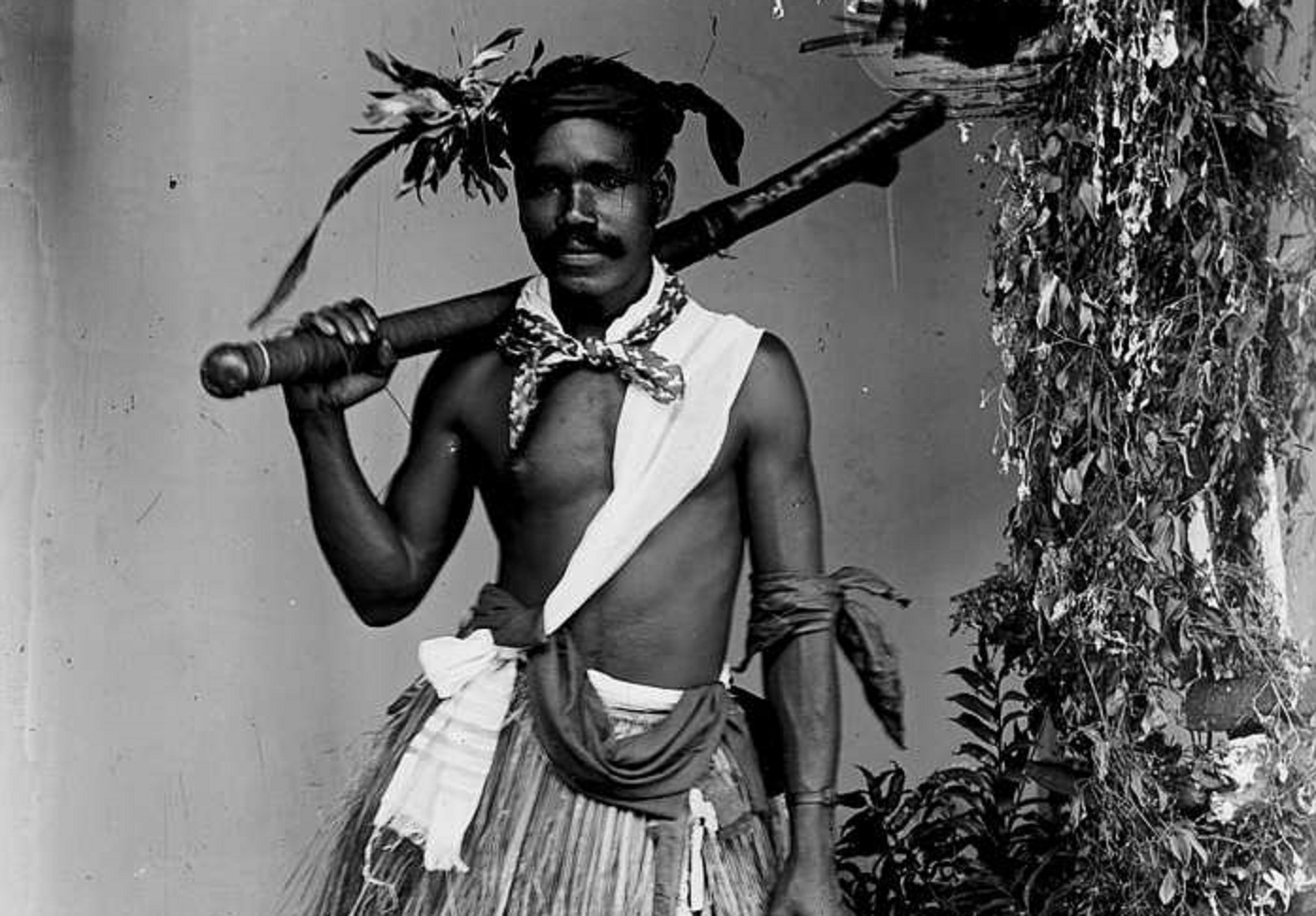 Wikimedia Commons , Picryl
Wikimedia Commons , Picryl
Cannibal Isle
Fiji earned the nickname "Cannibal Isle" due to its historical practice of cannibalism.
Cannibalism was a deeply ingrained cultural and religious practice among certain Fijian tribes for centuries. It wasn’t a casual or random occurrence—it was an important part of their rituals, and was often associated with warfare and the belief in consuming the spiritual essence of their enemies.
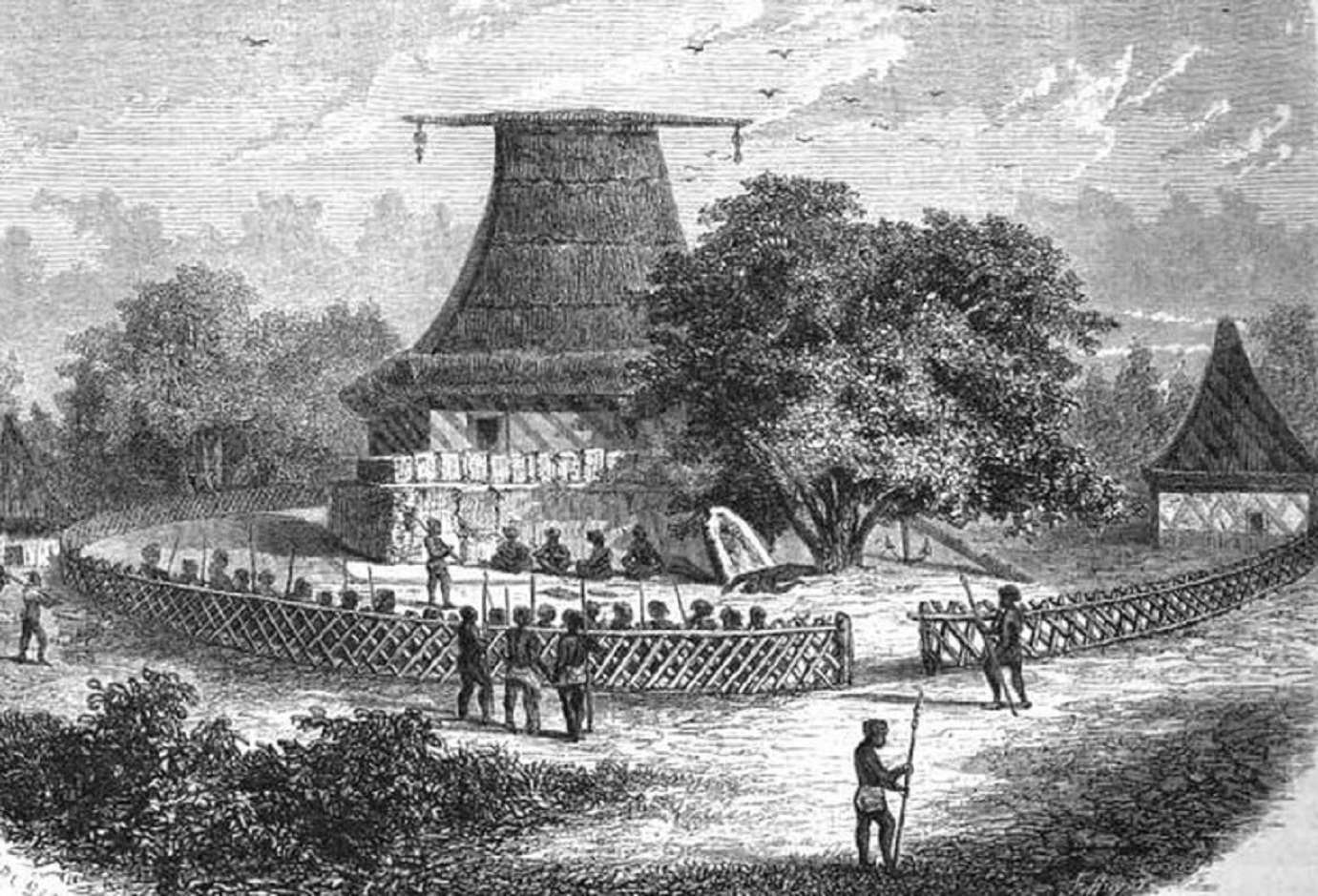 Alexandre de Bar, Wikimedia Commons
Alexandre de Bar, Wikimedia Commons
Cannibalism as a Consequence
Cannibalism in Fiji was mostly linked to inter-tribal conflict and warfare.
Rival chiefs and warriors were captured, slayed, and then eaten as a means of gaining power or revenge. Not only was this common, it was the goal.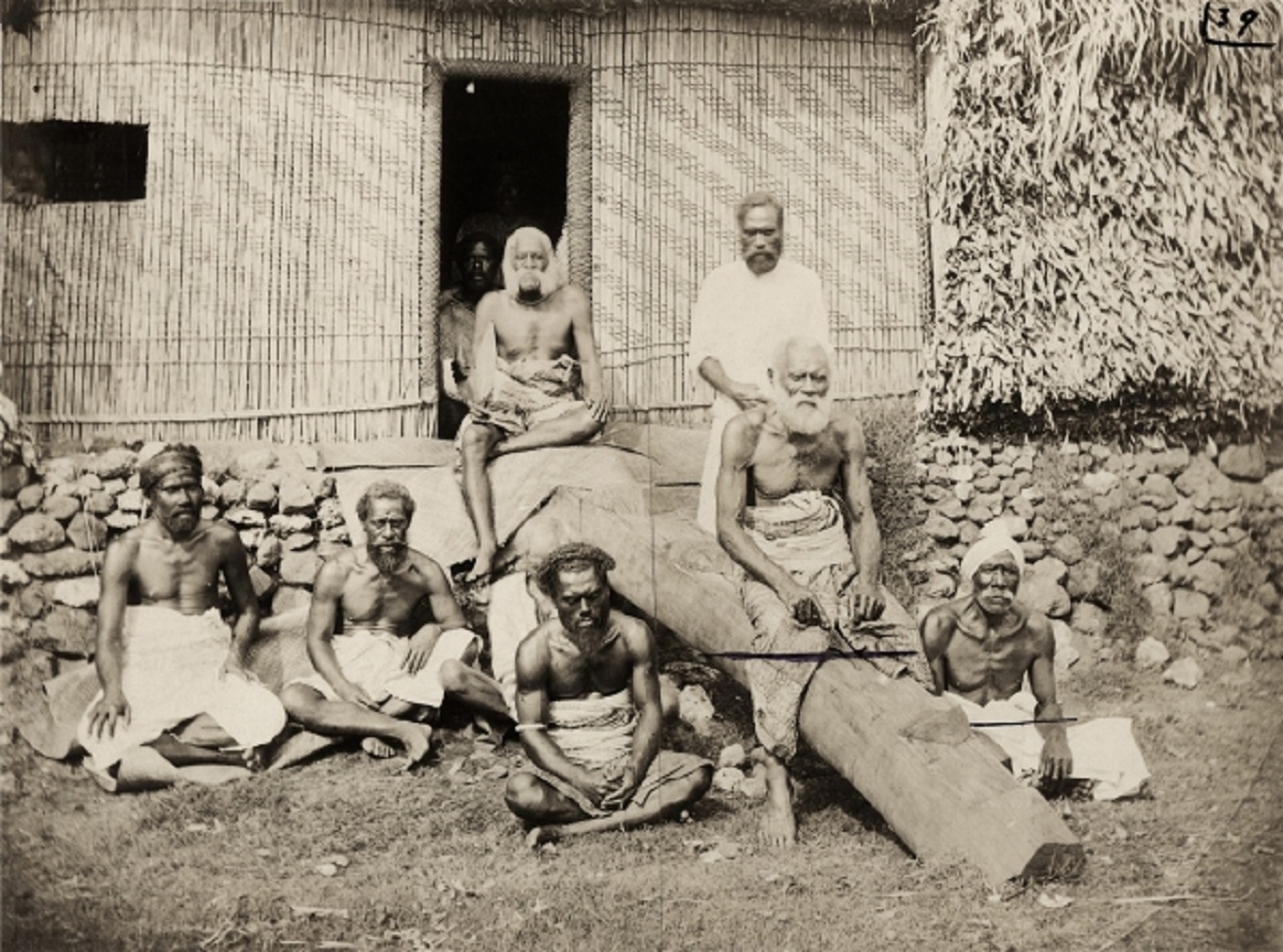 Wikimedia Commons, Picryl
Wikimedia Commons, Picryl
The Cannibalistic Practice
It’s believed that Fijian chiefs ate the flesh of their enemies as a means of power, control, revenge and as the ultimate insult. It was also thought that if you consumed your enemy, you would inherit their knowledge.
Cannibalism in Fiji was a horrific practice where, in most cases, victims were tortured and dismembered whilst still alive.
Cannibal forks, known as "i cula ni bokola," were used by some Fijian tribes to consume human flesh. This artifact is on display in Fiji's museums.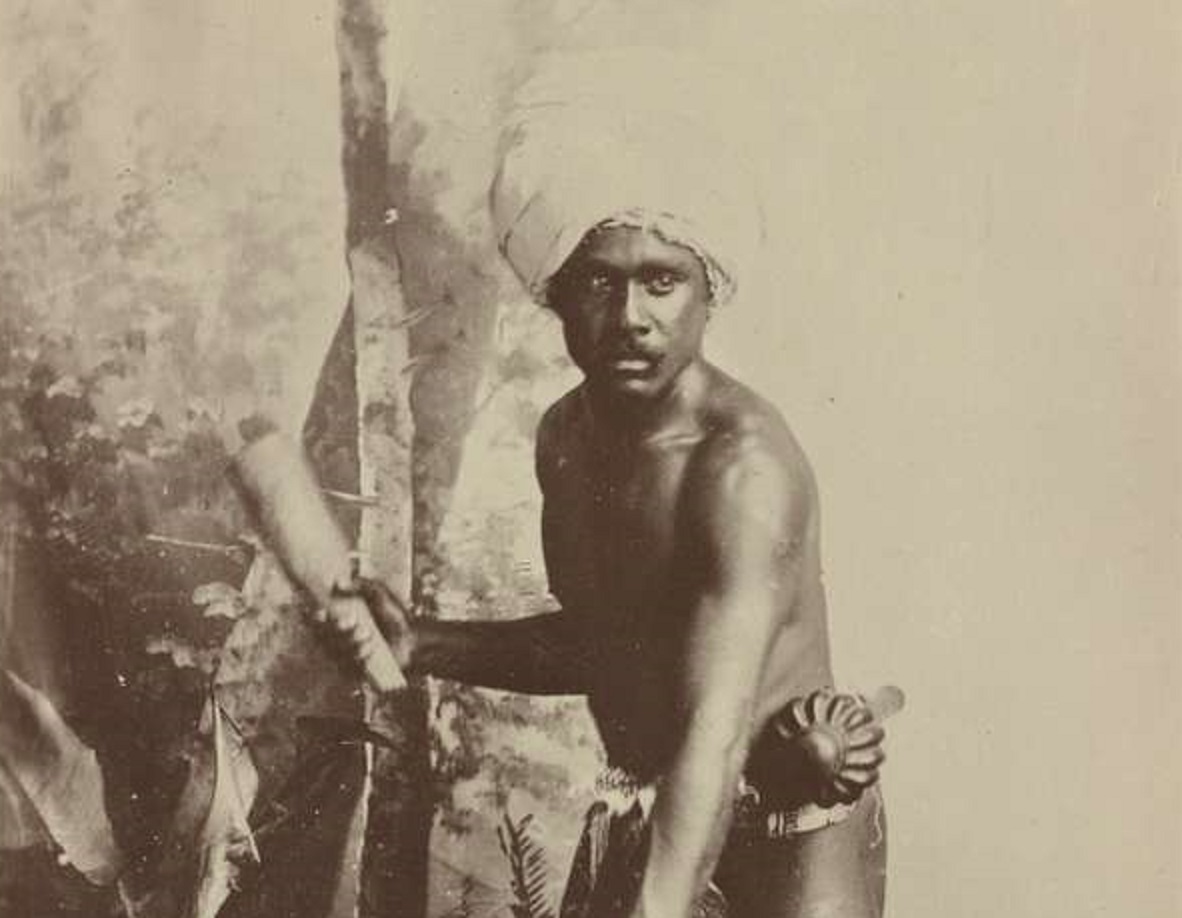 NYPL ,Picryl
NYPL ,Picryl
European Encounters with Cannibalism
Fiji’s nickname, Cannibal Isle, gained notoriety when European explorers began to encounter the culture’s practice in the 18th and 19th centuries.
They documented their encounters with vivid descriptions and illustrations, which quickly contributed to Fiji’s cannibalistic reputation.
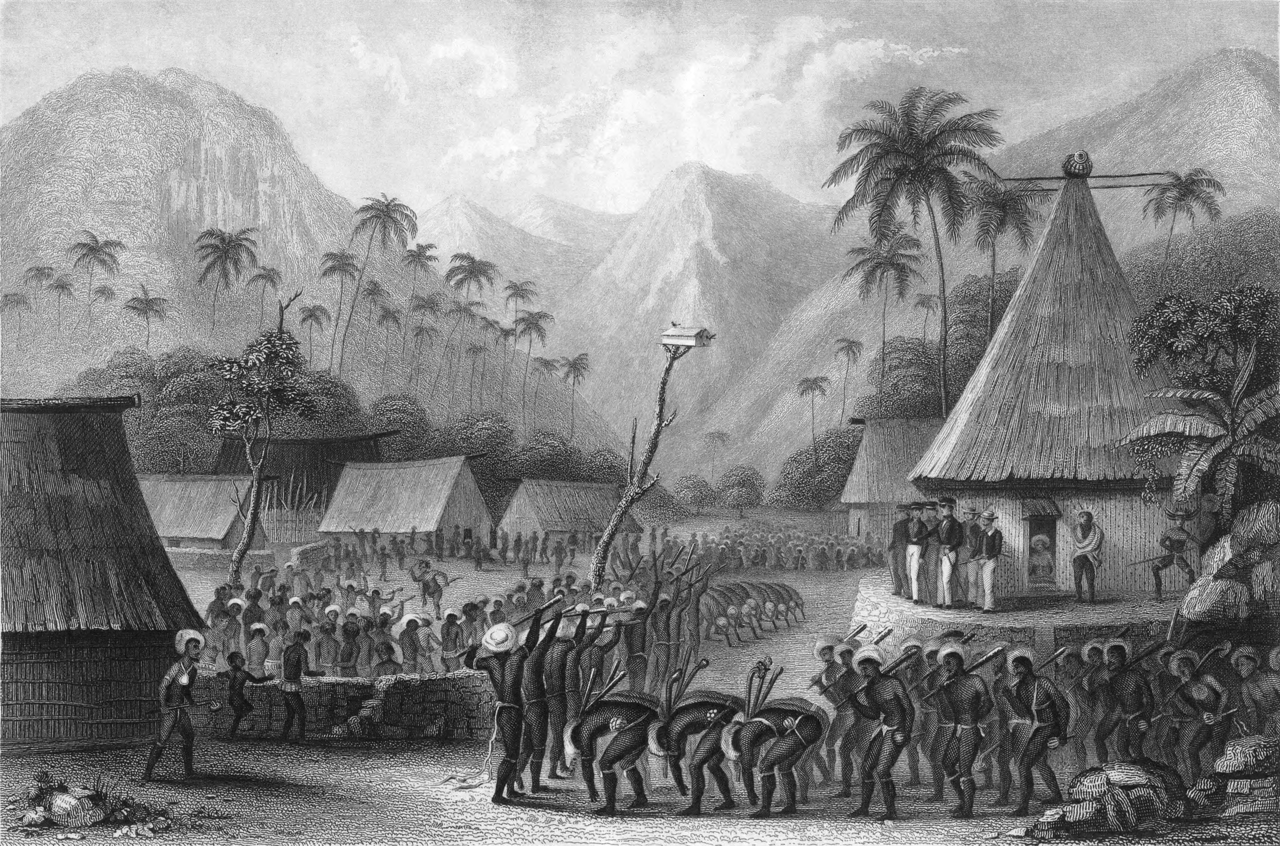 Joseph Drayton, Wikimedia Commons
Joseph Drayton, Wikimedia Commons
Christian Missionaries
Early Christian missionaries saw the practice as a barrier to the spread of Christianity, and so they did everything they could to try to convert Fijians and put an end to cannibalism.
One of the most well-known cases of cannibalism in Fiji involved the Reverend Thomas Baker, a missionary. Baker, along with a Fijian companion, was slain and consumed by the people of Navatusila in 1867.
His leather boots, which were reportedly the only remains found, are displayed at Fiji's National Museum as a grim reminder of this incident.
Uninvited Visitors
Fijian tribes did not welcome uninvited visitors—of any kind. This included anyone who accidentally ended up in Fijian territory. Sailors and civilians paid the ultimate price for getting too close, and ended up on the menu.
One of the earliest recorded incidents of cannibalism involving European sailors occurred in 1814. The sailors met an unfortunate fate when their ship, "Providence” experienced a shipwreck off the shores of Fiji.
Some of the sailors lost their lives and were consumed by local tribes. However, some sailors survived and escaped, and later documented their experience. F.H. Dufty, Levuka, Wikimedia Commons
F.H. Dufty, Levuka, Wikimedia Commons
The Massacre at Somosomo
Another notable incident that ended in disaster is known as “The Massacre at Somosomo” that took place in 1849, when a ship simply got too close to the islands.
The crew of the British ship "Charles Edward" was attacked and slain by the people of Somosomo village on Taveuni Island. The bodies of the crew were consumed by the tribe.
 State Library of Queensland ,Picryl
State Library of Queensland ,Picryl
Shipwreck Sacrifice
Any and all shipwrecks that occurred within Fijian territory met tragic fates.
In 1834, the crew of the British trading ship "Ra Mutiny" was shipwrecked on Fiji's coast. Some of the survivors were captured and eventually slain and eaten by local tribes. Other survivors escaped and documented the incident.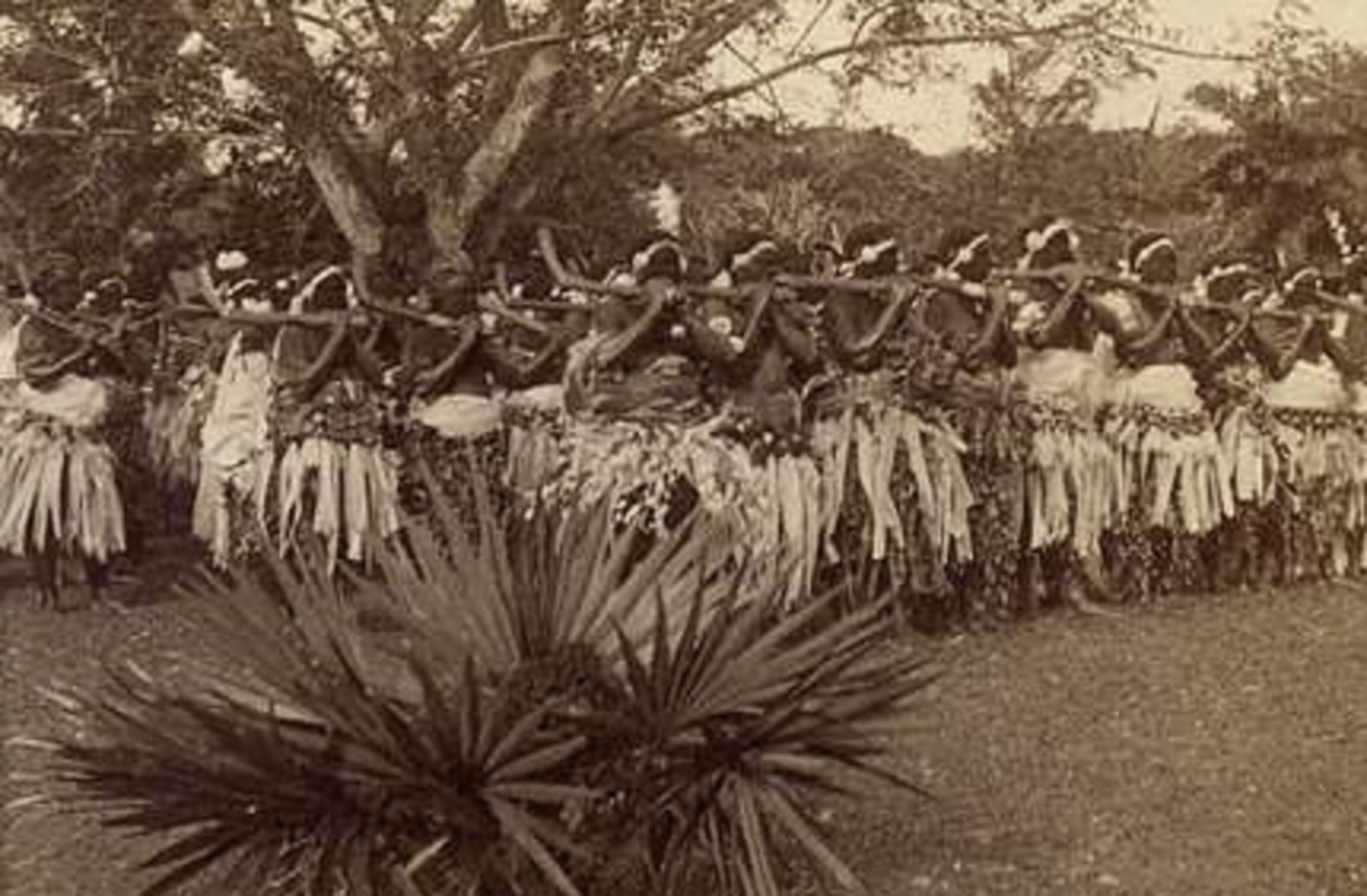 Library of Congress, Picryl
Library of Congress, Picryl
Ceremonial Celebrations
Captives were typically taken back to the victorious tribe's village, where they would be ritually slain as part of a series of ceremonies.
The specific rituals surrounding cannibalism varied between tribes, but they often involved chanting, dancing, and other symbolic acts.
Ceremonial Preparation
The practice of cannibalism was celebrated throughout the entire process.
Once the victim had passed, the body was prepared for consumption. This process would include dismemberment, removal of certain organs, and cooking over a large fire.
During this process, tribal rituals continued, including chanting and dancing.
Cooking & Consumption
Cannibalism involved cooking and eating various parts of the victim's body. Different parts were assigned different levels of significance, with some believed to provide strength or spiritual power to those who ate it.
Cooking methods included roasting, boiling, or baking, depending on the tribe's traditions.
Chief Ratu Udre Udre: The Most Prolific Cannibal
The most prolific cannibal – from both Fiji and the rest of the world – was Ratu Udre Udre, a chief who lived near Rakiraki in northern Viti Levu during the late 18th and early 19th centuries.
He holds the chilling Guinness World Record of Most Prolific Cannibal, and is believed to have eaten up to 999 people, though the exact number is unknown.
This is known because he kept a stone for every person he consumed, and there are more than 800 stones still decorating his grave site today. Many stones have been misplaced or are missing, so the exact number remains a mystery. 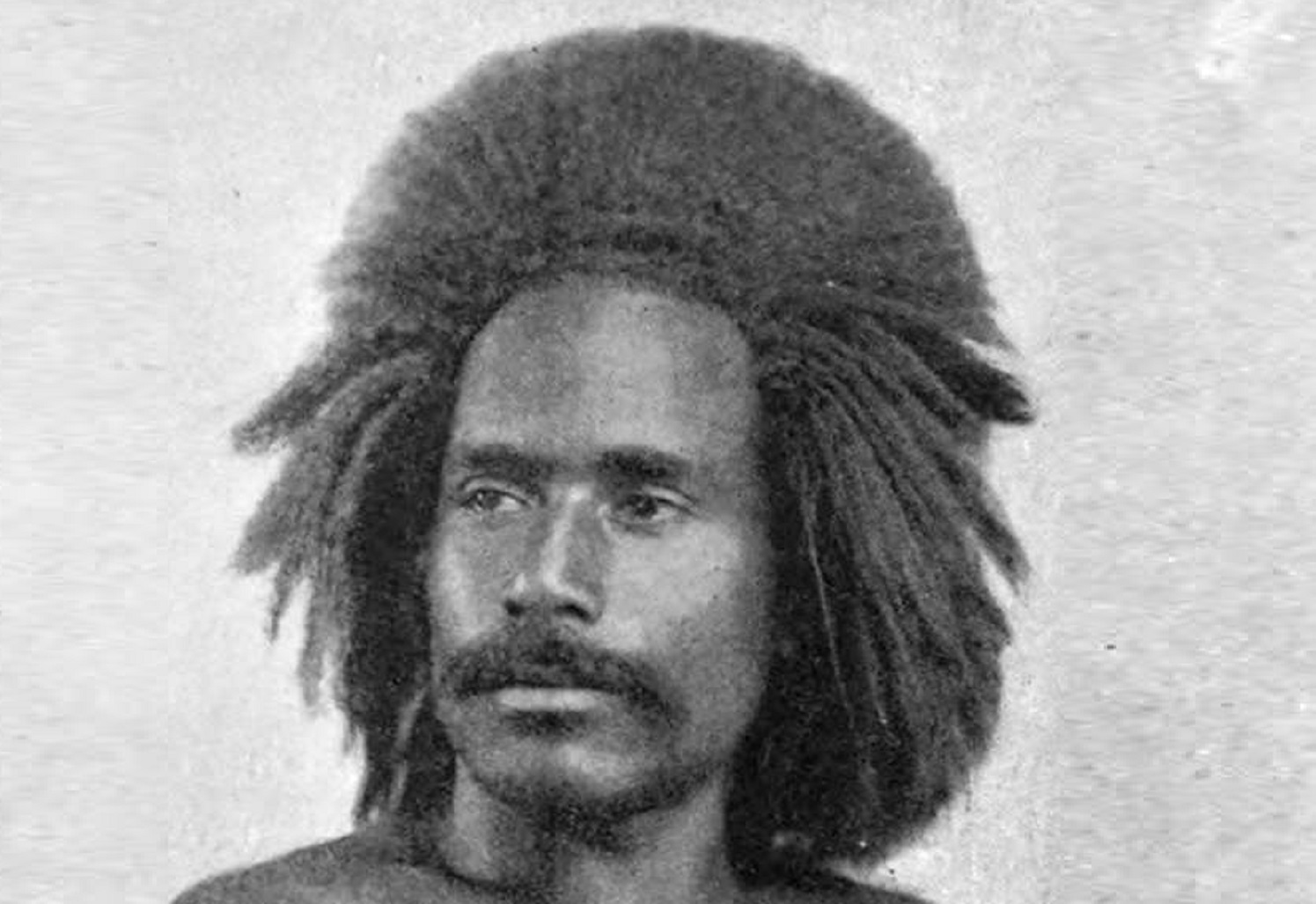 Edward Reeves, Picryl
Edward Reeves, Picryl
The Ending of Cannibalism in Fiji
European missionaries were successful in their attempt to convert Fijians to Christianity. They worked tirelessly to convert Fijians to Christianity and eradicate practices like cannibalism.
In 1874, Fiji became a British colony when it was ceded to the British Empire. British colonial authorities implemented policies and laws that aimed to suppress and ultimately eliminate cannibalism.
This change also significantly reduced tribal warfare—which was the main reason for cannibalism in the first place. Since then, cannibalistic acts decreased.
With the spread of Christianity, Cannibalism was increasingly seen as a barbaric and outdated practice, incompatible with the values of the new Fijian society.
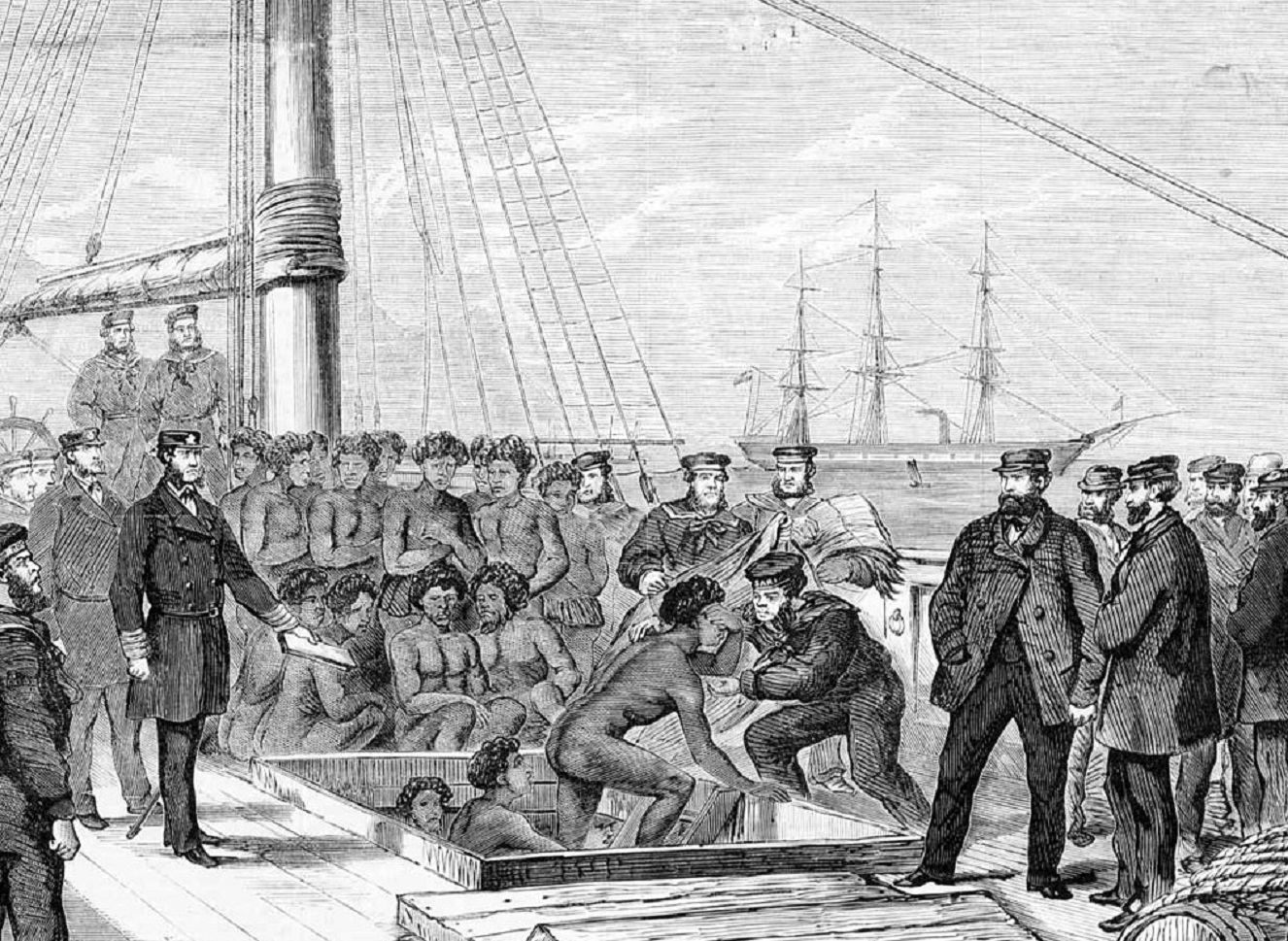 Samuel Calvert & Oswald Rose Campbell, Wikimedia Commons
Samuel Calvert & Oswald Rose Campbell, Wikimedia Commons
Cannibalism Today
The loss (and consumption) of missionary Reverend Baker in 1867 left a lasting impression on Fijian society, which eventually turned to regret as Fijian culture evolved.
In 2003, Fijians from the village where Reverend Baker lost his life formally apologized and asked for forgiveness from his ancestors. At this time, locals believed they had been cursed since the incident, and plagued with misfortune as a result of their ancestors’ actions.
Cannibalism as a History Lesson
Fiji doesn’t hide from its past, they acknowledge it as an important part of their history.
Today, you can purchase cannibal dolls made from coconut shells or wooden cannibal forks from local souvenir shops in Fiji.
You can also take a tour of the Naiheve Cave—also known as the Cannibal Cave—where the last known cannibal tribe lived.
Final Thoughts
It's important to note that the end of cannibalism in Fiji was a gradual process and occurred over several decades during the 19th century.
While there may have been isolated incidents or remnants of the practice in some remote areas, by the late 19th century, cannibalism was no longer a significant or widespread feature of Fijian culture.
Fiji has since become a peaceful and diverse nation, embracing a variety of cultures and traditions.

